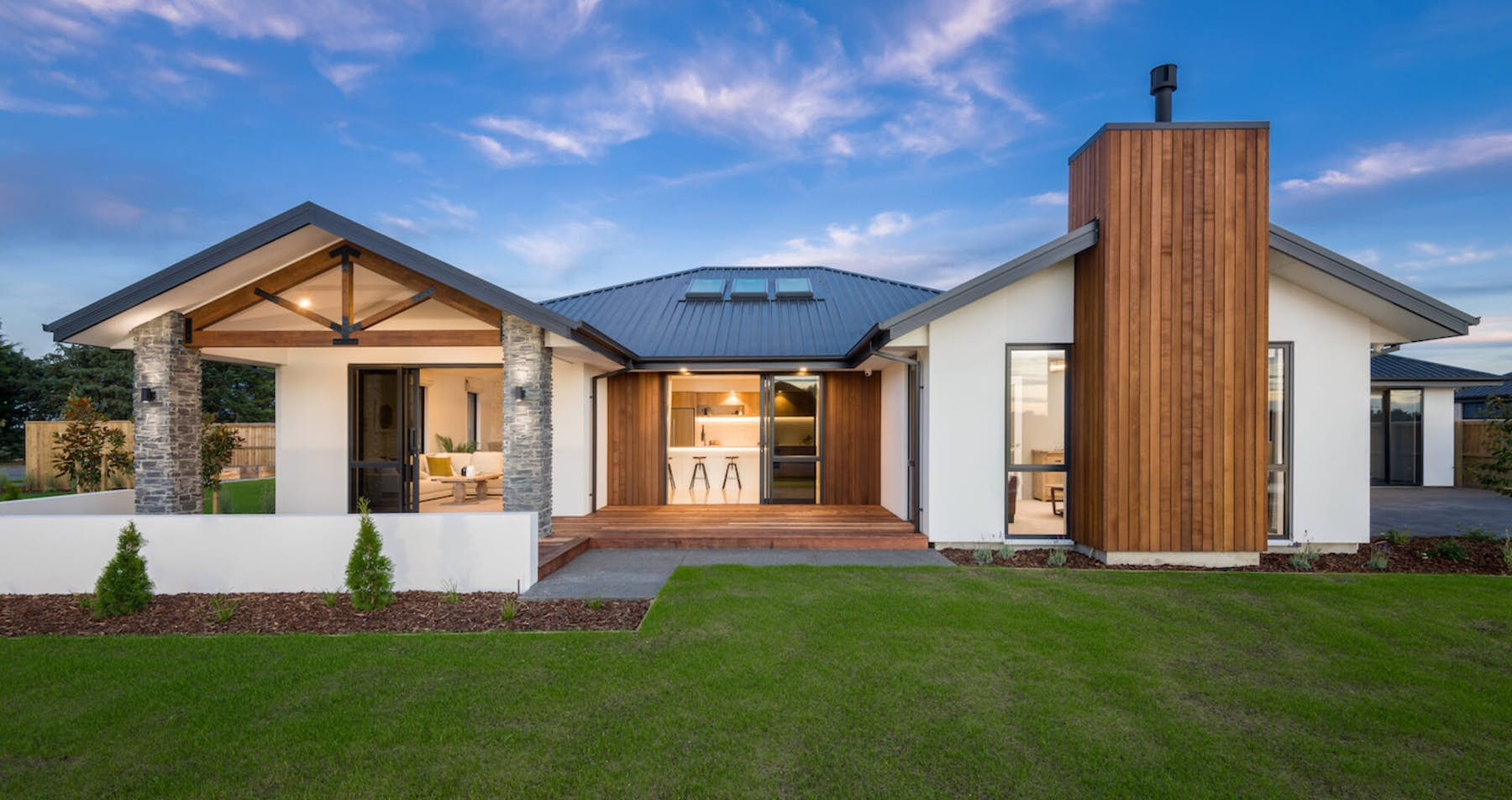ROOFING SERIES: Why the right roof should be a high priority
Posted on March 2, 2018 in Articles

When planning to design and build your dream home, the style of roof is probably not as high on your list of must-haves as the kitchen and bathrooms, but it should be. Your roof provides protection from the elements and plays a major role in how weathertight, resilient and energy efficient your home is. Your roof also makes up as much as a third of the exterior of your home, and has a significant visual impact.
Roof pitch describes the steepness of a roof and it is essential in determining how water and debris will disperse. The main reason for pitching a roof is to redirect water and snow away from the house, which is why a steep pitched roof is common in areas that receive heavy snowfall. Pitch also determines what materials or systems are suitable for that home’s design.
There are four main roof styles that are common to New Zealand architecture.
1. Gable Roof
The gable is very popular in New Zealand, recognisable by its triangular shape and traditional aesthetic. The two roof panels are pitched so that they meet in the middle, and this style is typical of Cape Cod and Tudor style houses. From a functional perspective, gable roofs easily shed water and snow, however bracing design is essential in high wind zones. Inside, a gable roof provides space between the ceiling and roof coverings for storage or attic purposes or can be used to create a striking raked (Cathedral) ceiling.

2. Hip Roof
The clean, symmetrical design of a hip roof makes it another popular choice in New Zealand. Sturdy and stable in areas with snowfall or high winds, the hip style has all sides equal in length, forming together at the ridge of the roof to resemble a pyramid. Consistent with gable roofs, the increased height of a hip roof allows ceiling space for storage, attics or raked ceilings.

3. Monopitch Roof
Modern and striking, a monopitch roof is also known as a skillion roof, and has a single, angled plane that rises from one side of the house to the other. Monopitch roofs can be very easy to construct, and evoke a minimalist, industrial style that has gained popularity in recent years. Eye-catching to look at from the outside, they add size to the interior rooms and give a nice aesthetic to ceilings if designed to follow the pitch of the roof.

4. Flat Roof
Made popular in the 1920s by Modernist architects such as le Corbusier, a flat roof has little or no pitch. Popular in cities with dry climates, the benefit of a flat roof is that the roof can be used as extra living or deck space, or for a rooftop garden. Flat roofs are more common in commercial applications in New Zealand as they provide space for storage of solar panels, air conditioning units and other building services. Ventilation and correct choice of roof covering is essential when using a flat roof design.

Before choosing your roof, it is important to determine what will work on your selected building site, the weather conditions your home will be exposed to and any other local or regulatory conditions. Once you have narrowed the choices from a practical perspective, think about what your needs are in terms of storage, building services, energy efficiency and of course, how you want your roof and ceilings to look.
Our New Home Consultants are specialists who will work with you and your ideas to make your dream home a reality. Whether you choose one of our pre-designed plans or want us to design your home from scratch (Design & Build), take time to consider what style of roof will best suit your lifestyle and needs, and give your dream home the crowning glory it deserves.